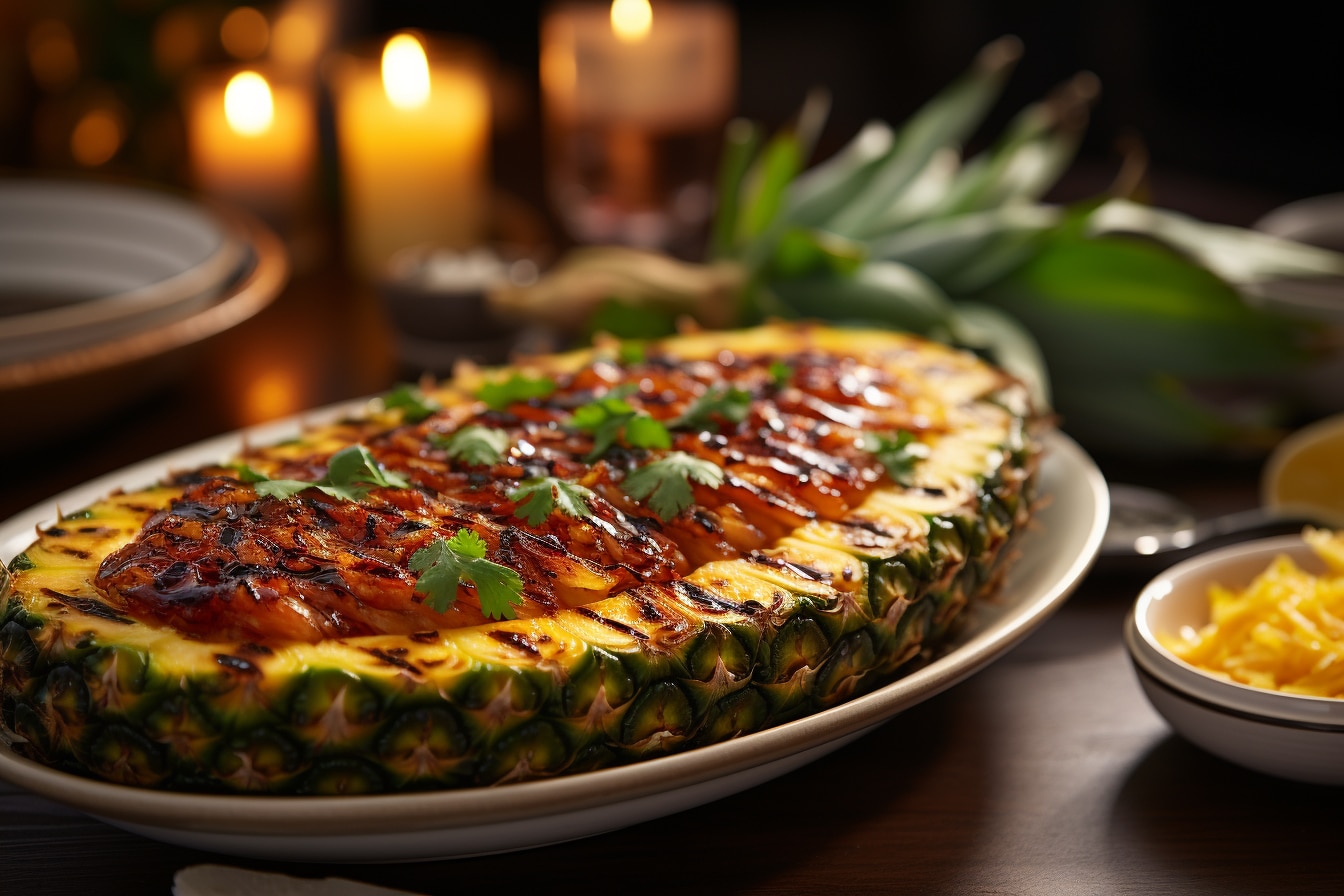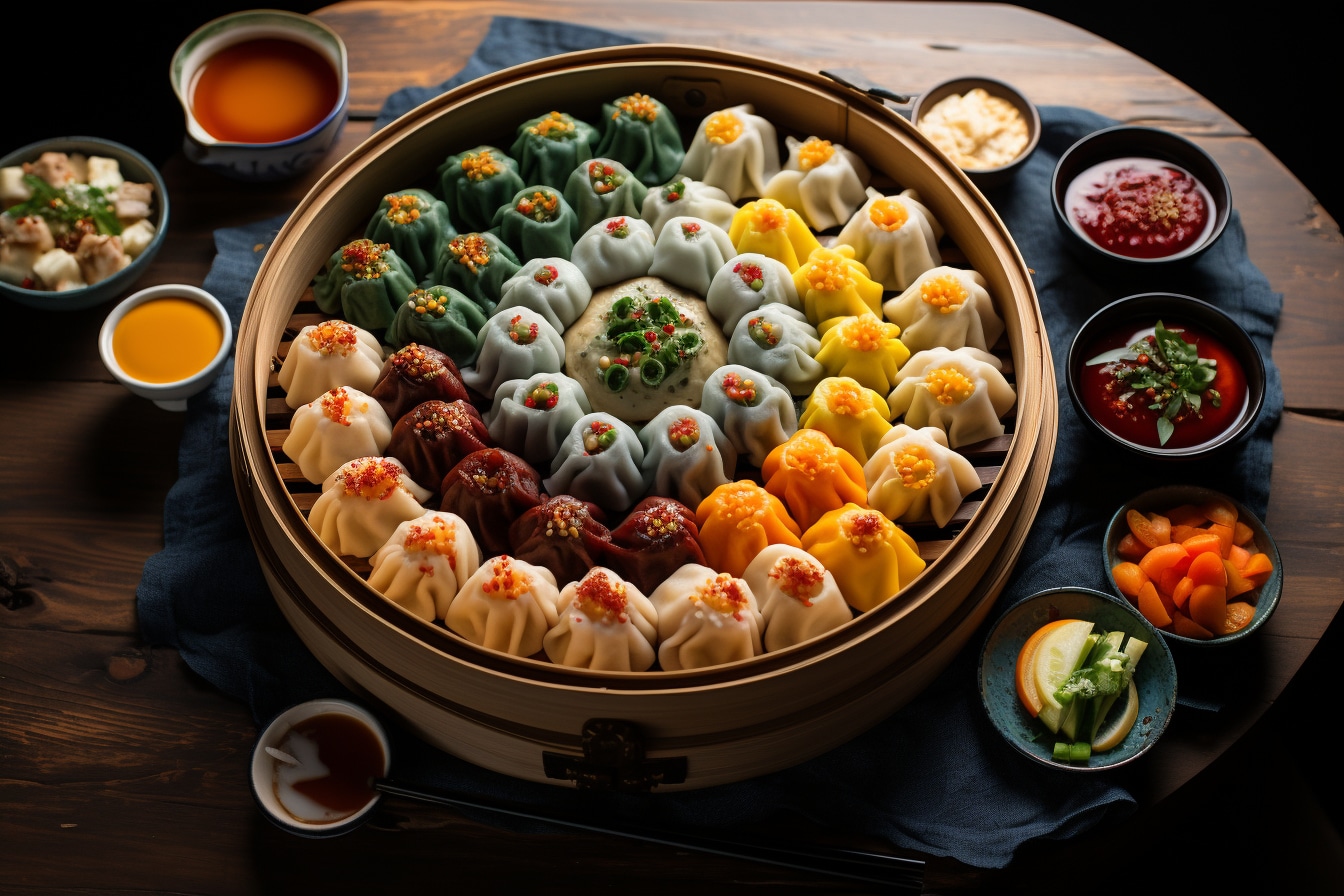Who has never been confused by the resemblance between Korean Kimbap and Japanese sushi? These two Asian dishes, although apparently similar, have subtle differences that make them unique. If you are ready to dive into this exciting culinary duel, continue to read to discover their origins, their characteristics and the way they are prepared and savored.
a question of origin: the Korean Kimbap and the Japanese sushi
the sushi is from Japan, where he is considered a real work of culinary art. It was first used as a method of preserving fish in fermented rice. Over time, Japanese chiefs have started to serve fish with rice, creating the sushi that we know today.
kimbap , on the other hand, is a Unmissable dish for Korean cuisine. Its name literally means “rice wrapped in algae”. Similar to the apparently sushi, Kimbap is often considered the Korean “sandwich” because of its convenience and versatility.
ingredients that distinguish
Sushi: Refined simplicity
Sushi: Refined simplicity
A classic sushi consists of vinegar rice, raw fish or seafood, and a dried alga leaf called nori. Other versions include vegetables, eggs or even fruit. The taste of sushi is based on the freshness of the ingredients, but also on the subtlety of vineyal rice.
kimbap: a versatile flavor
kimbap, on the other hand, is a harmonious mixture of Rice, marinated vegetables, meat, and sometimes cheese or rolled egg in a normal leaf. The ingredients are often jumped or marinated to add a flavor depth. Unlike sushi, kimbap is generally seasoned with sesame and salt, giving rice a richer taste.
tasting: a cultural experience
sushi < /Strong> are generally served with wasabi, marinated ginger and soy sauce to enhance the flavor of the fish. In Japanese, the word “sushi” means “is sour”, which sums up its unique taste.
the kimbap , meanwhile, is often tasted alone. Its complex flavor does not require additional sauce. It is a food of popular comfort in Korea, often packed for picnics or meals on the go.
preparation: similarities and differences
Preparation of sushi and Kimbap may seem similar, but it reveals differences. While the sushi emphasizes the careful presentation, the Kimbap is generally prepared in a more relaxed way. It’s about rolling the ingredients in rice and nori, then cutting the roll into pieces.
What do you think? Maybe you are surprised by these discoveries? Or maybe it has amplified your appetite in favor of one or the other? Do not hesitate to share your experience in the comments.
It is clear that although Kimbap and Sushi look alike, they have distinct differences that make them unique. The Kimbap, with its combination of tastes and textures, offers a full meal in each bite. Sushi, meanwhile, is distinguished by its deliberate simplicity, highlighting the flavor and texture of the fish.
This culinary duel between Korean Kimbap and Japanese Sushi is far from resolved. So the next time you are confronted with this choice, remember the nuances that distinguish these delicious dishes and make your choice knowingly. Maybe you will even try to prepare them at home!




